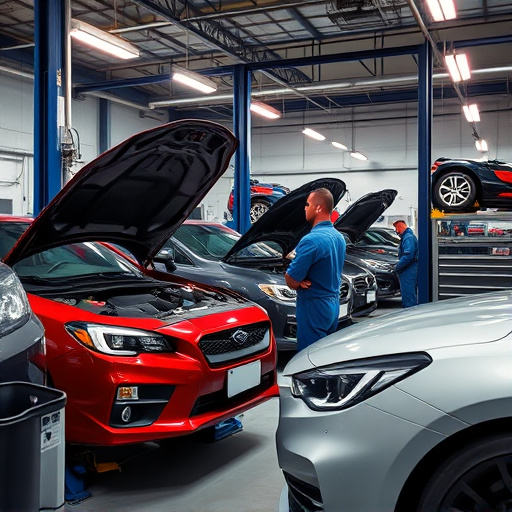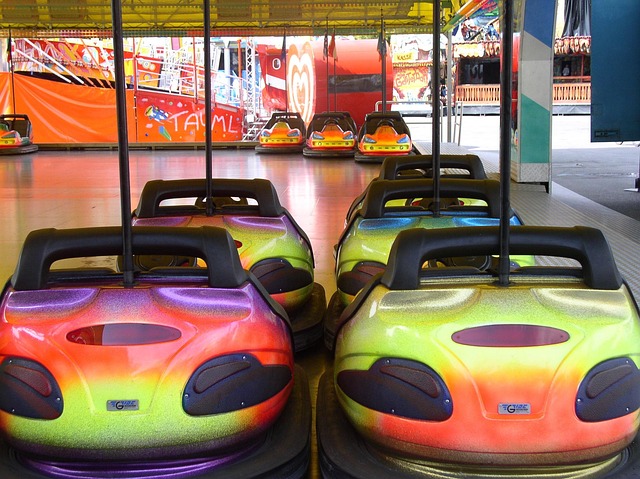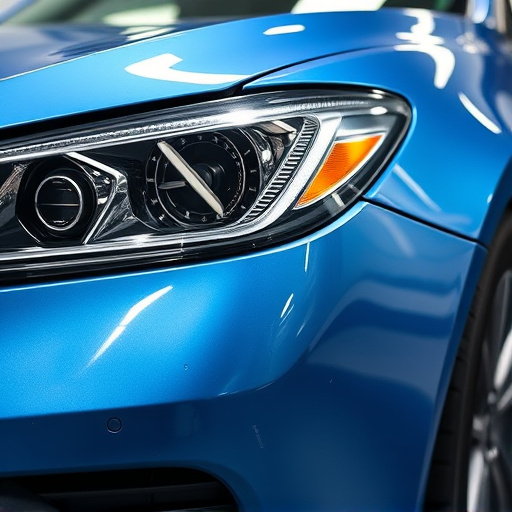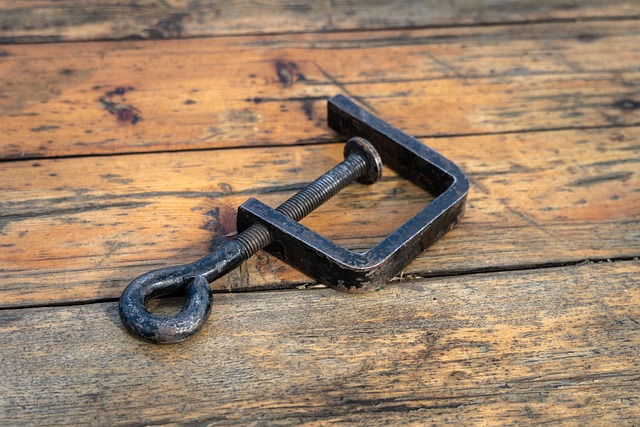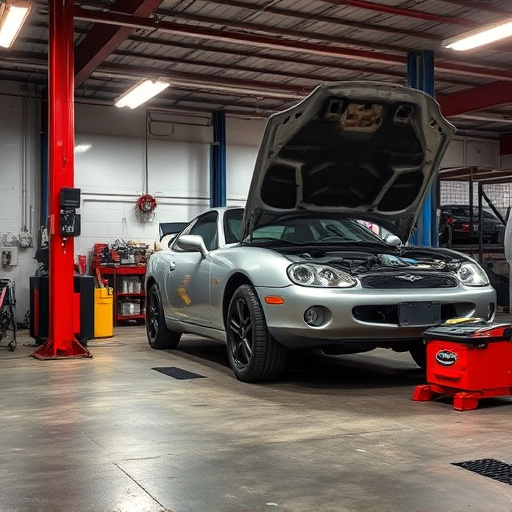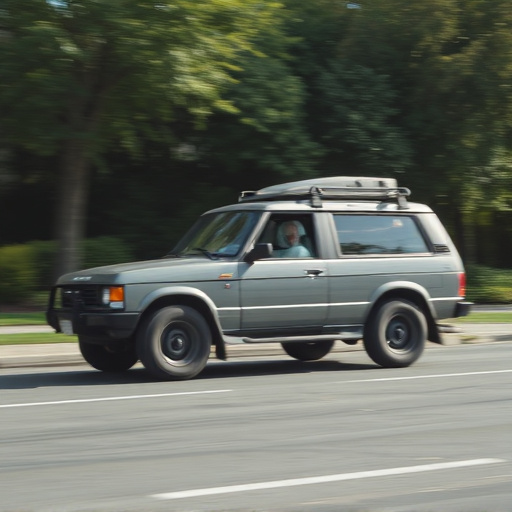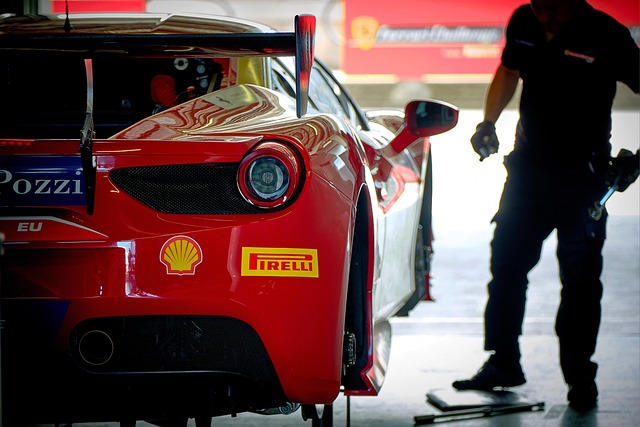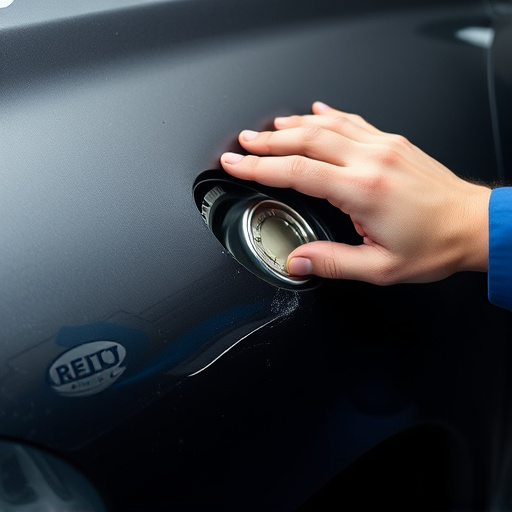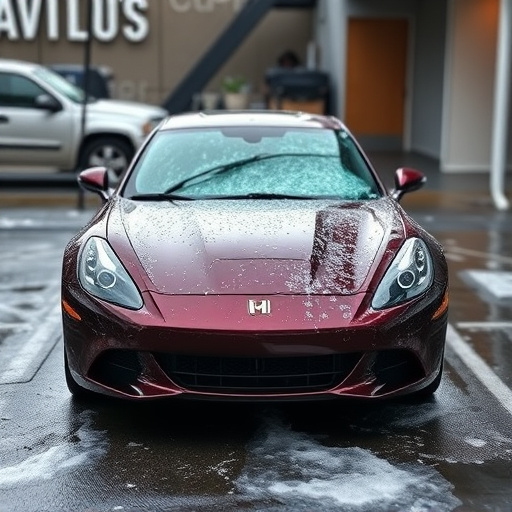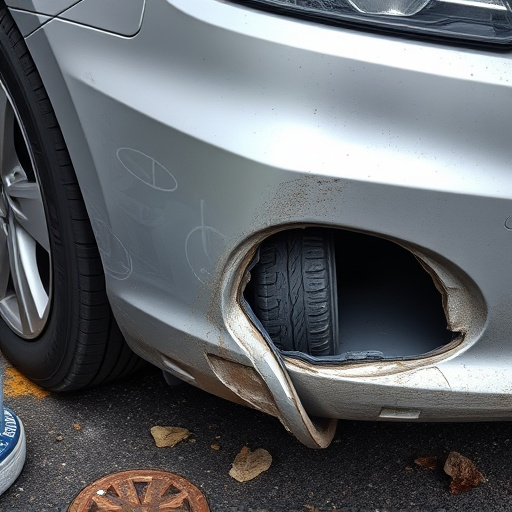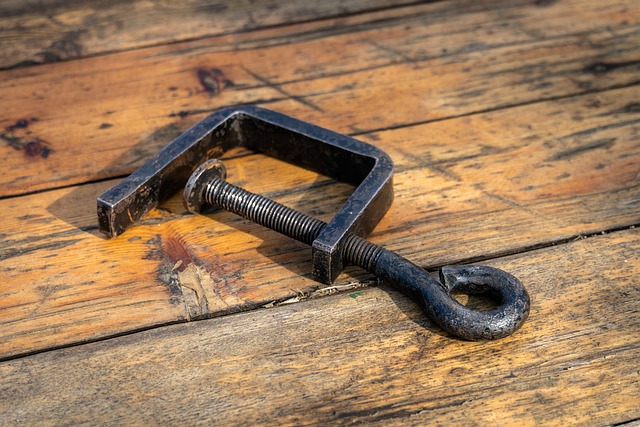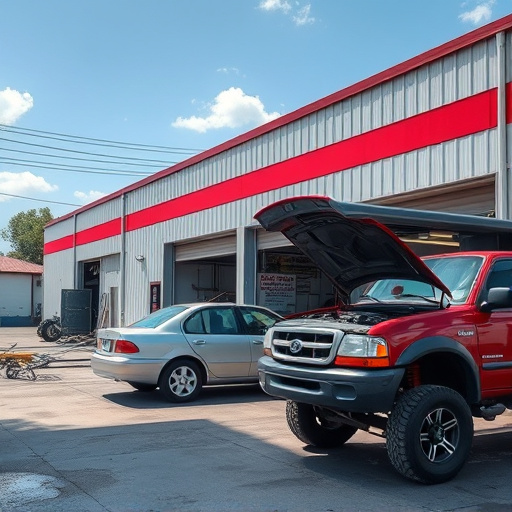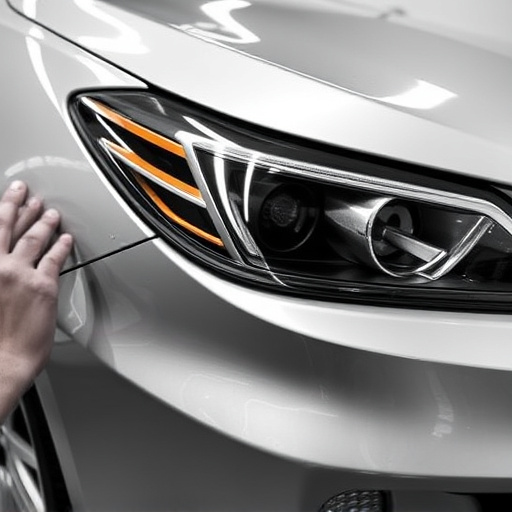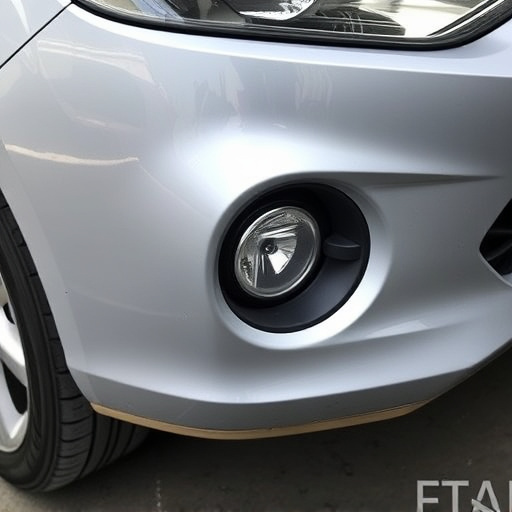Tri-coat paint repair is a meticulous process for restoring vehicle aesthetics and protection, with three key coats (base, color, clear) crucial for corrosion resistance and finish quality. Weather significantly influences outcomes, with harsh elements damaging paint surfaces and hampering flawless finishes. Controlled environments are vital, managing moisture, temperature, and humidity to ensure high-quality repairs. Optimizing tri-coat repair requires understanding various climates' impacts on adhesion, drying times, and finishes, using appropriate sealers, topcoats, and fast-drying formulations for quick turnaround times in less-than-perfect weather conditions.
“Explore the intricate relationship between weather conditions and the quality of tri-coat paint repairs. This comprehensive guide delves into the intricacies of tri-coat paint repair basics, uncovering how atmospheric elements directly affect the integrity of paint surfaces.
From UV rays to humidity, we’ll analyze various weather conditions and their unique impacts. Learn optimal strategies for repairing tri-coating amidst diverse climates, ensuring long-lasting results. Discover expert tips to navigate this challenging aspect of paint restoration.”
- Understanding Tri-Coat Paint Repair Basics
- Weather's Direct Impact on Paint Surface
- Optimizing Repair Quality Amidst Different Conditions
Understanding Tri-Coat Paint Repair Basics
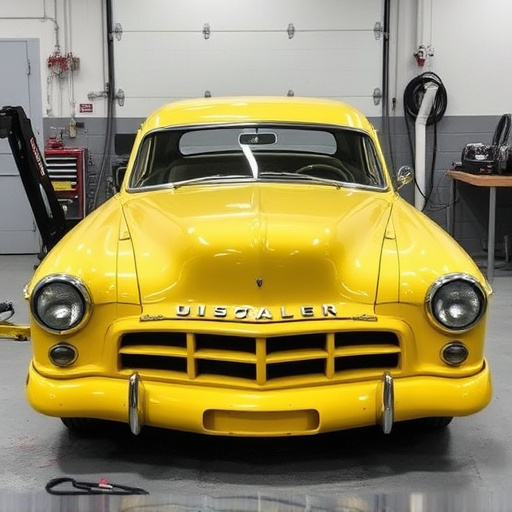
Tri-coat paint repair is a meticulous process designed to restore the aesthetic and protective layers of a vehicle’s exterior. This advanced technique involves the careful replacement of three distinct coats: the base coat, color coat, and clear coat. Each plays a crucial role in safeguarding the car body shop from corrosion and damage while contributing to its overall finish and gloss.
When it comes to repairing dents or scratches, a car dent removal process is initiated to ensure seamless integration with the tri-coat system. By understanding these foundational aspects of tri-coat paint repair, professionals can effectively navigate the challenges posed by varying weather conditions, ultimately enhancing the quality and longevity of their work in any car body shop.
Weather's Direct Impact on Paint Surface
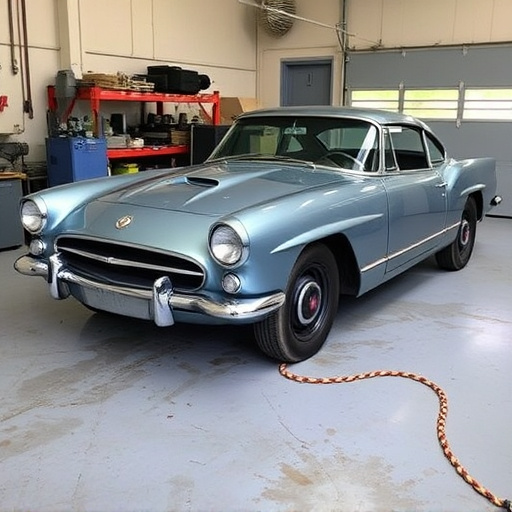
The weather plays a significant role in determining the quality of tri-coat paint repair, affecting the overall aesthetics and longevity of the restoration process. Direct exposure to harsh elements can have detrimental effects on the paint surface, making it challenging for technicians to achieve a flawless finish. Rain, for instance, can cause water damage, leading to rust formation and delamination of the paint layers, especially in cars left outdoors during repairs. Extreme temperatures, both hot and cold, accelerate the aging process of paint, causing it to crack or peel over time. Humidity is another culprit; high moisture levels can result in an uneven cure, leaving visible stains or defects on the repaired area.
These weather-related issues highlight the importance of controlled environments during automotive restoration processes, especially for tri-coat paint repair. Techniques like paintless dent repair, while effective in certain cases, might not be suitable when dealing with significant weather damage. In such scenarios, technicians must carefully assess and address moisture intrusion, temperature fluctuations, and humidity levels to ensure the highest quality of car damage repair and maintain the integrity of the tri-coat paint job.
Optimizing Repair Quality Amidst Different Conditions

To optimize tri-coat paint repair quality, understanding and accounting for varying weather conditions are key. While a clear, dry sky offers ideal conditions with precise application and crisp finishes, wet or humid environments can pose challenges by affecting paint adhesion and drying times. During such conditions, using appropriate sealers and topcoats designed to resist moisture is essential, alongside ensuring adequate ventilation to mitigate humidity’s impact on the repair process.
In scenarios like a fender bender or car scratch repair, where quick turnaround times are crucial, optimizing involves employing fast-drying formulations suitable for less-than-perfect weather conditions. Similarly, when conducting bumper repair work, considering the potential for temperature fluctuations during the day requires adjusting preparation and painting techniques to maintain consistency in repair quality, regardless of whether it’s a sunny or stormy day.
In conclusion, understanding how weather conditions influence tri-coat paint repair is paramount for achieving optimal results. By grasping the effects of various climates on the paint surface and implementing strategic adjustments, professionals can ensure high-quality repairs that withstand environmental challenges. Optimizing tri-coat paint repair amidst different conditions involves selecting suitable materials, adhering to strict preparation protocols, and tailoring techniques to meet the unique demands of each weather scenario, ultimately enhancing long-term durability and aesthetic appeal.
